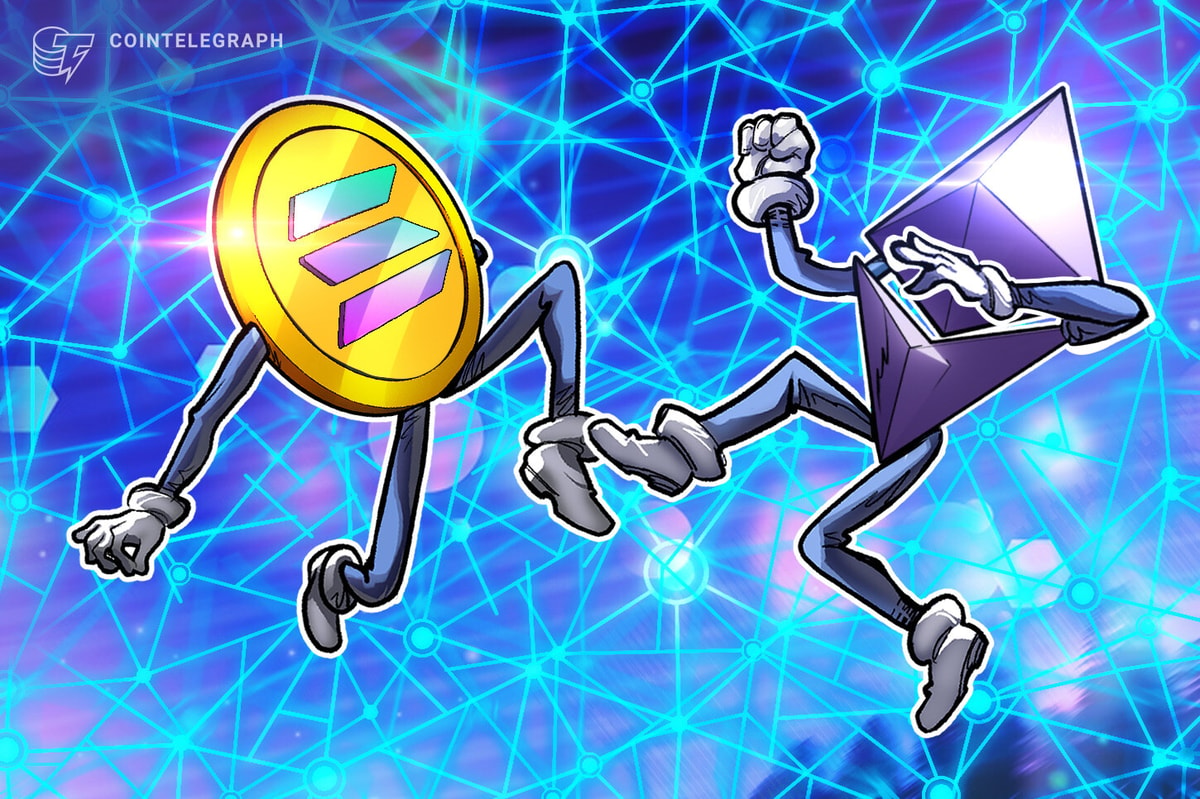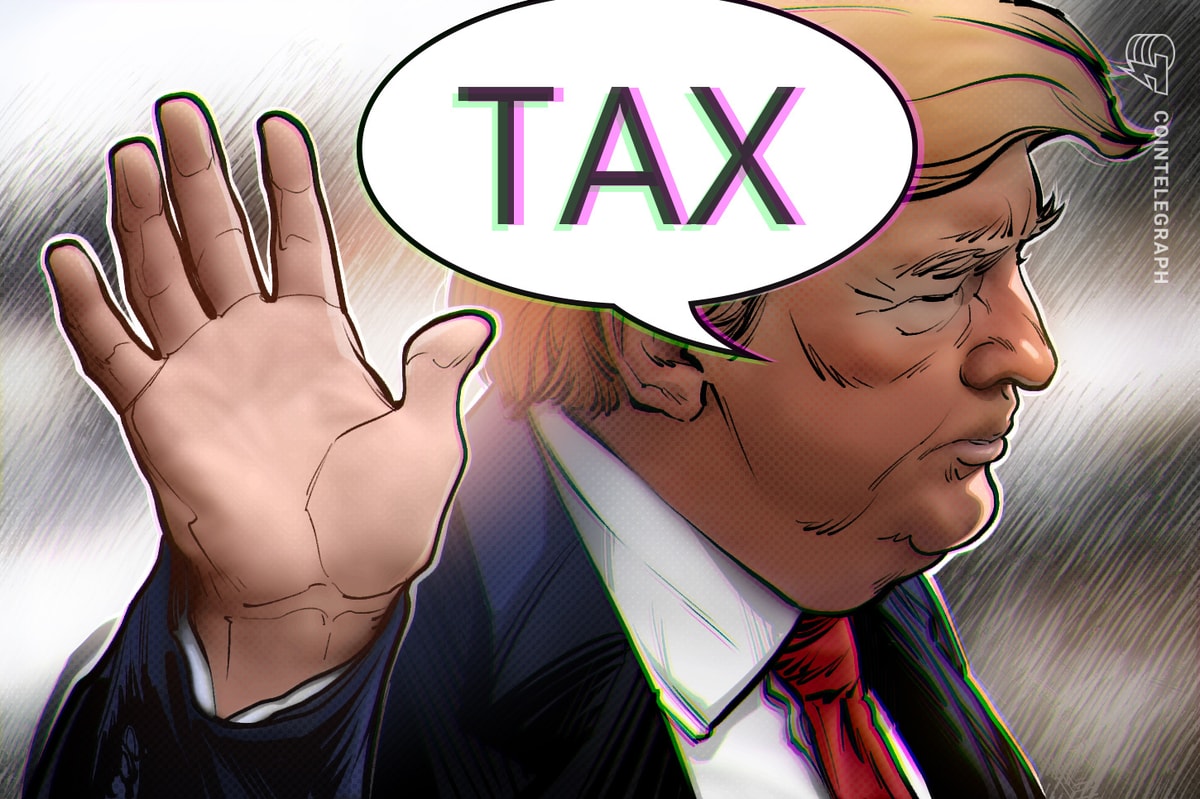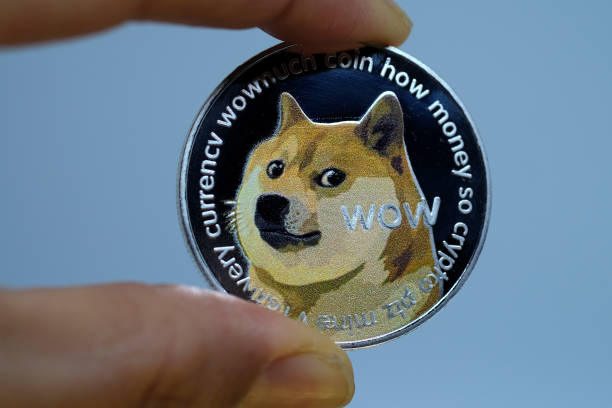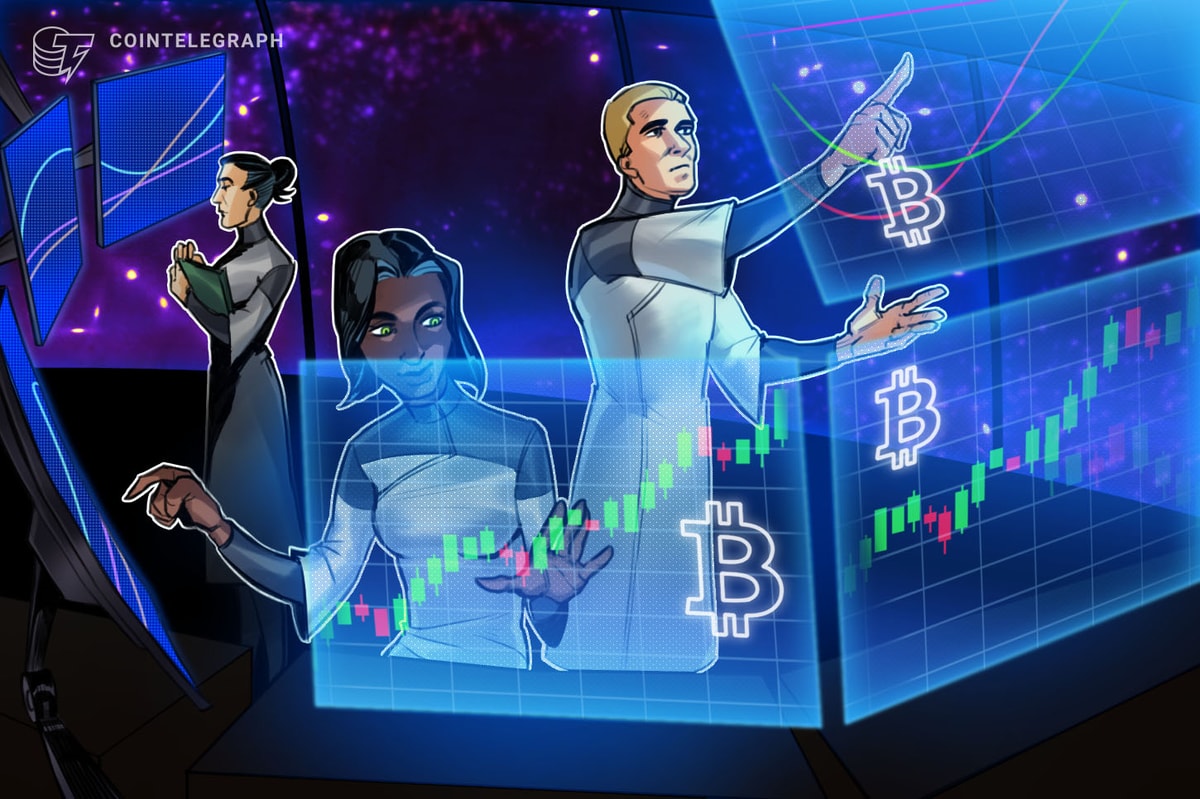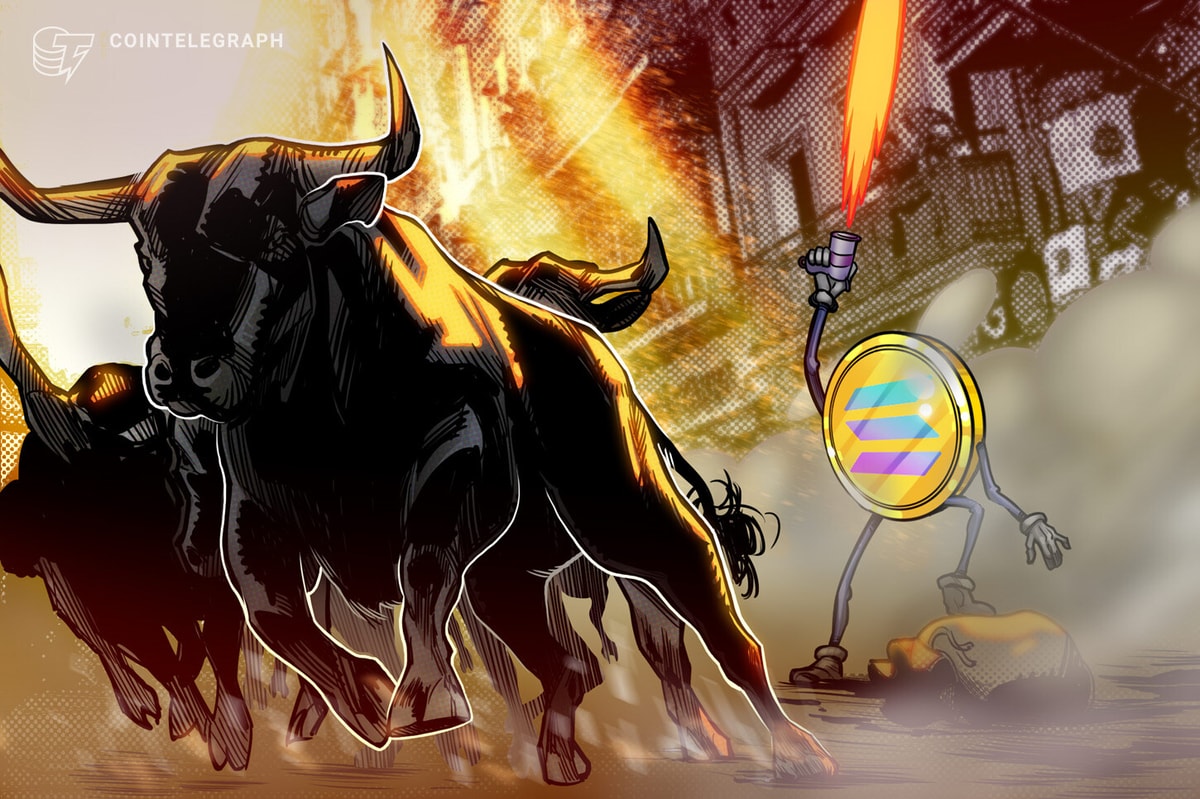The Solana-Ethereum blockchain duel has never been more exciting to watch. While the ambitious newcomer showcases its high speed, user-friendliness, and low fees, the revered incumbent still boasts the most developed ecosystem among smart contract platforms.
Market reactions vary widely. Some analysts expect Solana to continue outperforming Ethereum in terms of user activity and DApp revenues, which could drive SOL’s price higher. The increasing likelihood of a SOL ETF approval adds further momentum. Others, however, anticipate Ethereum reclaiming dominance in 2025, citing historical price trends, growing ETH accumulation by whales, and upcoming technological upgrades.
Is ETH price on the verge of bottoming out?
Ether’s (ETH) price performance in 2024 was underwhelming, appreciating by just 65%, compared to SOL’s (SOL) 95% gain. In Jan. 2025, SOL claimed a new all-time high, while ETH remained below its peak from Nov. 2021.
Currently, ETH is down 33% from its cycle high of $4,116, prompting speculation that a bottom may be forming. On Feb. 10, crypto analyst IncomeSharks posted a chart on X suggesting ETH is ranging, with the recent wick to $2,156 signaling a potential bottom.
“Everyone is afraid to call that wick a bottom, but it is. The largest volume candle and liquidation event are even more confirmation.”
ETH/USD 1-day chart. Source: IncomeSharks on TradingView
Another X user specialized in crypto charting, Tony “The Bull” Severino, noted that “ETH/BTC is oversold on the monthly RSI for the first time ever in its history.” RSI stands for relative strength index, a momentum indicator that measures the magnitude of recent price changes. Typically, when an RSI is in the “oversold” zone, i.e. below 30, it signals an impending trend reversal. On Feb. 10. Ether’s RSI fell to 28, later returning to the 41 level.
Another notable trend is ETH accumulation. French crypto analyst Crypto Futur pointed out that since December, the number of whale ETH addresses (holding over 1,000 ETH) has been steadily growing. Over the past two months, only four days have been negative in whale addresses 30-day change.
Ethereum Whale Address Count. Source: Glassnode
Regarding SOL’s price performance, some analysts believe that as a “younger version” of Ethereum, it could mirror Ether’s price trajectory. As noted by the crypto analyst Inmortal on X,
“In early 2021, a lot of people were trying to guess the top on $ETH. But in spite of everything, we continued to make higher lows. It reminds me of $SOL this year.”
ETH/USD and SOL/USD charts. Source: TradingView
With ETH’s market cap being three times that of SOL, a similar trajectory for Solana could push its price beyond $500.
Related: Bybit exchange hacked, over $1.4 billion in ETH-related tokens drained
Is “utility” the metric investors associate with value?
Beyond price speculation, a blockchain’s native coin’s value is closely tied to the blockchain’s performance. The more active the blockchain’s ecosystem is and the more revenue its DApps generate, the stronger the coin’s price fundamentals become.
In the Solana-Ethereum duel, Solana seems like a clear leader in revenues, often exceeding Ethereum’s daily earnings tenfold. Moreover, according to Nansen’s CEO Alex Svanevik,
“Solana has beaten Ethereum on almost every metric: active addresses, transactions, DEX volume, total gas fees. The only one missing is TVL.”
Yet, not everyone is convinced. As IncomeSharks notes,
“So much has already been built on [Ethereum] chain. People say “SOL” is fast and cheap as they lose 99% of their position on a useless meme that rugs. There’s nothing unique being built on SOL other than more casinos.”
The launch of Uniswap’s Uninet on Feb. 11 marks another step in the Ethereum ecosystem development.
However, Ethereum’s L2 solutions still face a major challenge: they are siloed. While bridges exist to connect Ethereum to its L2s and between L2s themselves, they remain complex and potentially insecure for both users and developers. To remedy that, several notable Ethereum L2 upgrades, such as Polygon’s Agglayer, Uniswap’s Across, or Base’s RIP-7755, are expected to come in 2025, potentially solving the interoperability problem.
ETH and SOL battle for institutional investor adoption
Spot ETH ETFs were approved in July 2024, with nine firms, including BlackRock and Fidelity, launching their own funds. Initially, their performance was disappointing, with outflows from Grayscale’s (ETHE) converted fund dominating the first five months. However, since Nov. 2024, inflows have started picking up, now totaling $3.18 billion of net inflows, according to CoinGlass.
Meanwhile, anticipation for a Solana spot ETF has been growing. On Feb. 10, Bloomberg analyst James Seyffart updated his forecast, assigning a 70% probability for a SOL ETF approval in 2025. His colleague Eric Balchunas added that these odds were “
Yet, ETF approval does not guarantee strong performance. According to the onchain analytics firm Messari,
“Even with an SOL ETF, ETF bidders are far more likely to choose ETH over SOL.”
This article does not contain investment advice or recommendations. Every investment and trading move involves risk, and readers should conduct their own research when making a decision.


